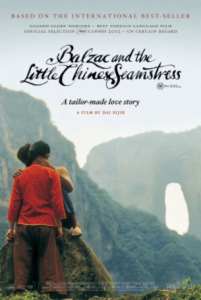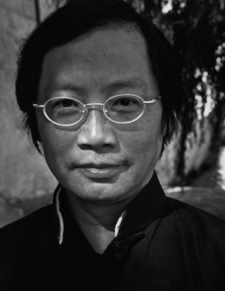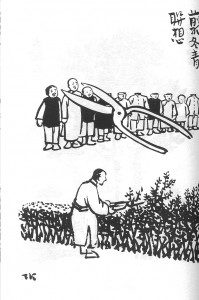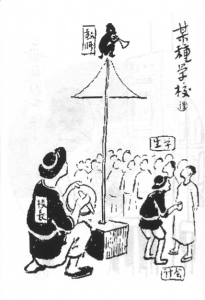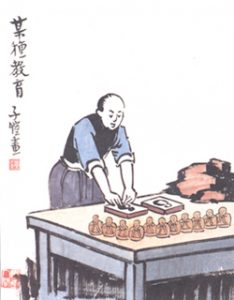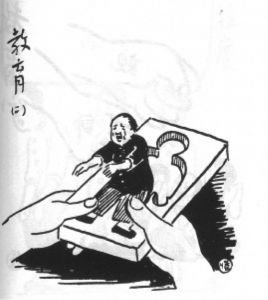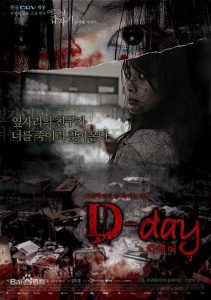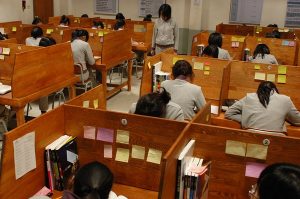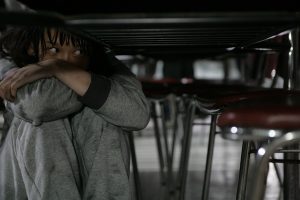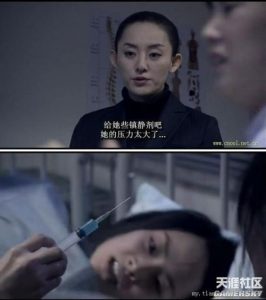I must admit that when I first heard about Hidden Figures I doubted going to see the movie at the theater. My first thought was: mmm a movie about space and engineers… not sure if I want to go. However, when I read about the movie and learned that it was about three women that worked at NASA in the 60’s that helped send men to the moon for the first time, I started to get curious about it. I convinced my husband and a lot of friends to go and have a nice afternoon watching the other side of the coin of how NASA developed space exploration. After 2 hours and 7 minutes, a few cries and a lot of excitement and emotions, the movie ended. Most of us, including men in the group, concluded that this was one of the best or even the best movie nominated to the Oscars for best picture that we had seen.
This movie was a huge success despite being far away from the Hollywood prototype. It is not big on special effects or science fiction, it is violence free, not a romantic comedy and not lead by men (in 2016 females made up just 29% of protagonist in the top 100 films at the U.S. box office). Instead Hidden Figures uses chalkboards, old calculators, and human computers to tell us the story of three brilliant African-American women; Katherine G. Johnson, Dorothy Vaughan and Mary Jackson, who changed United States history despite the dominant racial segregation of the time.
It was wartime and the American government needed all the support to win the race to space. White mathematician women graduated from the best colleges in the country, found work at Langley Research Center and were part of the East Computers group. Their counterparts, the West Computers could not use the same bathroom, nor sit at the same table in the cafeteria during times of racial segregation. However, they helped send the man to the moon. They challenged the country’s educational statistics and gave more than 40 years of life to NASA. The strength and dedication of these women is incredible. They lived in a United States in which only 2% of African American women studied a career and of them, 60% became teachers of primary and secondary public education. With a brutal self-esteem, they explained to their boss, a white man, that their calculations were more precise and that they could, in fact, reach the moon. What was most remarkable for me was to see these talented women devoted in helping their country protect the US political hegemony during the Cold War, despite the fact that each day of their lives, especially at work, they felt like outsiders in their own country. Regardless of this, they never gave up. On the contrary they worked even harder to get there since they knew that was their only way to achieve professional success.
The three of them had Higher Education. Katherine Johnson started College at the age of 14, she entered West Virginia State College (now West Virginia State University), a historically black college, from where she graduated with degrees in Mathematics and French at the age of 18. Later, she enrolled in a graduate math program and was the first African-American women to attend graduate school at West Virginia University. However, she quit after one year, because she became pregnant and choose to focus on her family. Mary Jackson earned a bachelor’s degree in mathematics and physical science from the Hampton University from Hampton, Virginia, also a historically black University. While working at NASA with the engineer Kazimierz Czarnecki, she enrolled in a night program by the University of Virginia, held at the all-white Hampton High School. After winning her petitioning to the City of Hampton to allow her to attend classes, she took graduate-level courses in math’s and physics in order to qualify to be promoted to and engineer. Once she completed the courses, she was promoted to aerospace engineer, and became NASA’s first African-American female engineer. Finally, Dorothy Vaughan graduated with a B.A. in mathematics at the age of 19 from Wilberforce University, also a historically black college.
Today we have a more even number of women and men in higher education, even in some countries like the U.S. more women than men attend university (60.1% versus 57.6% in 2015), however when talking about STEM (science, technology, engineering, and math) we see low female participation. This movie is a huge incentive to get more high school students, especially women and minorities, to pursue STEM careers. Many schools took their students to see Hidden figures in order to try to boost interest in engineering and STEM careers in general, showing them that if those three women were able to do at times of race and gender discrimination, they are more than capable of succeeding at NASA or the STEM world nowadays.
There is still a lot to achieve in terms of gender equality, and the fact that it took us more than 50 years to know this story proves that gender equality is still an underlying issue and there is much room for improvement. I would like to thank Margot Lee Shetterly, the author of the book “Hidden Figures: The American Dream and the Untold Story of the Black Women Mathematicians Who Helped Win the Space Race”, the book in which the movie was based. Thanks to her we were able to know this remarkable and inspiring story that serves as an example and inspiration for every woman and minority around the world, showing them that with higher education and hard work they can achieve their goals and dreams.
Press here if you would like to see the movie trailer
Source: Educational Attainment in the United Sates: 2015. By Camille L. Ryan and Kurt Bauman. March 2016. Retrieved from: https://www.census.gov/content/dam/Census/library/publications/2016/demo/p20-578.pdf

